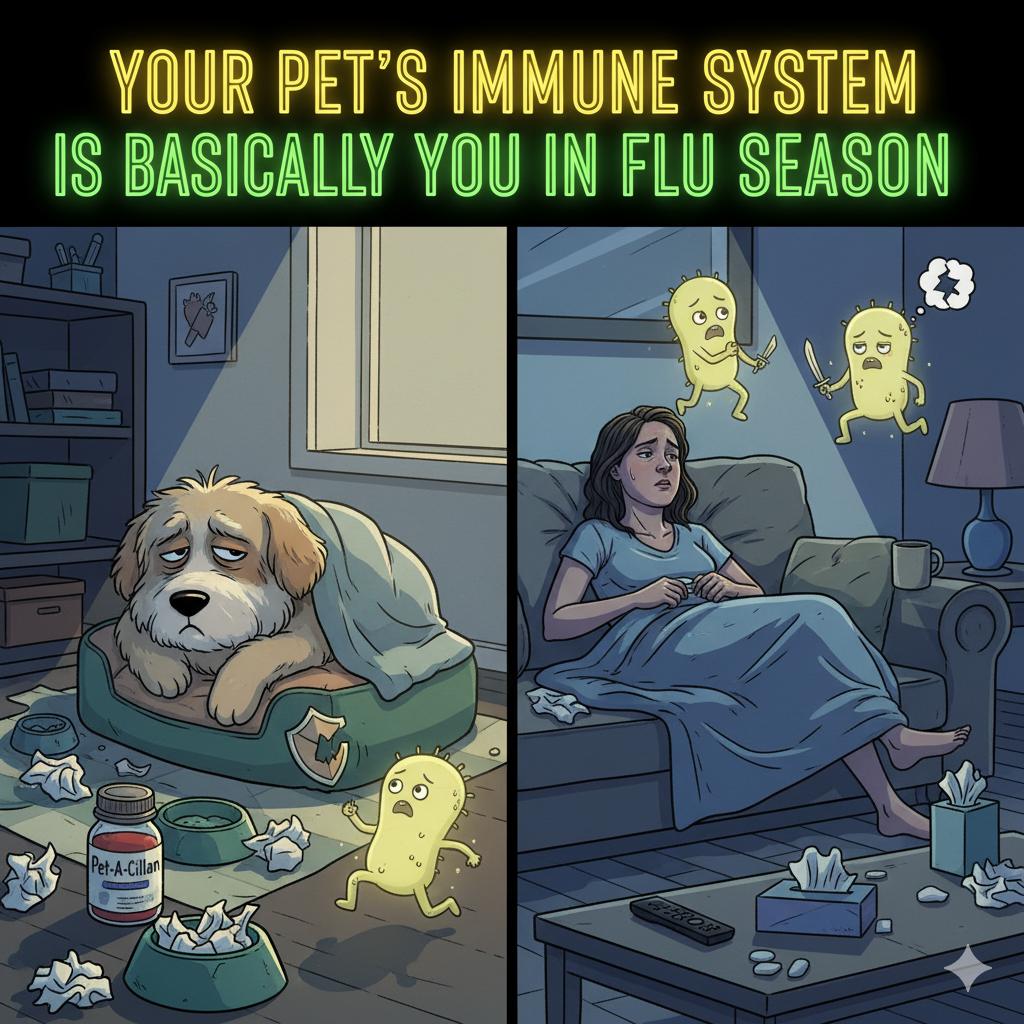Separation anxiety in dogs is a common behavioral issue that affects pets and pet parents alike. If your dog gets anxious, barks excessively, chews furniture, or becomes destructive when left alone, you’re not alone. Whether you’re a first-time dog owner or a seasoned pet parent working full-time or remotely, understanding how to train your dog to overcome separation anxiety is essential for a peaceful home environment—for both of you.
In this guide, we’ll walk you through expert-backed steps to help your dog feel safe, confident, and calm even when you’re away. From crate training for dog anxiety to fun tools like clicker training for dogs, every tip is designed to give lasting results in real-life settings.
Understanding Separation Anxiety in Dogs
Separation anxiety can manifest in various ways, from howling and whining to destructive behavior. It often develops in rescue dog adopters, dogs experiencing a major life change, or pet owners dealing with post-pandemic separation anxiety in dogs. Recognizing these signs early is key to successful training.
Common symptoms of separation anxiety in dogs:
- Constant barking or howling when left alone
- Destructive chewing or scratching
- Urinating indoors despite being house-trained
- Attempting to escape
- Pacing or drooling excessively
Why Does It Happen?
Dogs are social animals. Being away from their pack—you—is stressful. For urban pet owners living in apartments, the limited environment can increase stress levels. Fortunately, the good news is, you can train your dog to overcome separation anxiety with consistency and patience.
Step-by-Step: How to Train Your Dog to Overcome Separation Anxiety
1. Start with Short Departures
Begin by leaving your dog alone for a few minutes and gradually increase the time. This helps them learn that you always come back. Use a cue like, “I’ll be back,” every time you leave to build association.
✔️ Tip: Practice this during the day when anxiety is lower. Keep goodbyes low-key.
2. Use Crate Training for Dog Anxiety
A properly introduced crate can become a safe haven. Crate training helps reduce stress by creating a den-like environment. It’s ideal for families with young kids and pets, offering boundaries and safety.
✔️ Make the crate comfortable with blankets and your scent. Never use it for punishment.
3. Interactive Toys & Puzzles
Leaving your dog with engaging toys can reduce boredom and anxiety. Some of the best toys for dog separation anxiety include:
- Kong toys stuffed with treats
- Puzzle feeders
- Chew-safe bones
✔️ These tools help millennial and Gen Z pet owners looking for home-based dog solutions manage anxiety without relying solely on medications.
4. Try Calming Techniques at Home
Simple changes to your home environment can greatly improve your dog’s mental health. Try these dog calming techniques at home:
- Use lavender or chamomile dog-safe sprays
- Turn on soft music or dog-friendly playlists
- Stick to a consistent daily routine
✔️ Veterinary clinic visitors often report positive outcomes from these holistic approaches.
5. Train with Positive Reinforcement
Training your dog using clicker training for dogs and treats when they stay calm during your absence helps reinforce good behavior. Avoid punishment—it increases fear and anxiety.
Home Remedies for Dog Anxiety That Work
Not ready for medication? There are plenty of home remedies for dog anxiety you can try first:
- Calming dog vests
- Thunder shirts
- Valerian root and CBD treats (only if approved by a vet)
These natural methods are especially helpful for pet parents working full-time or remotely who want a safe, non-invasive solution.
How to Stop Dog Barking When Left Alone
If your dog barks nonstop when you leave, try this:
- Desensitize triggers: Pick up your keys and sit back down repeatedly.
- Use positive distractions: Treat-dispensing cameras can help.
- Exercise: Tiring your dog out reduces excess energy and anxiety.
Knowing how to stop dog barking when left alone helps neighbors, too—especially important for urban pet owners.
When to Consider Dog Anxiety Medication
In extreme cases, dog anxiety medication over the counter may be recommended by your vet. Some options include:
- Natural supplements
- Pheromone diffusers
- Antihistamines with calming effects
Always consult your vet before using any new medication or supplement. This is particularly crucial for veterinary clinic visitors exploring anxiety solutions.
Additional Dog Training Tips for Anxiety
Want faster results? Consider these professional-level dog training tips for anxiety:
- Keep arrivals and departures calm and boring
- Build independence through interactive solo play
- Avoid coddling when your dog is anxious—it reinforces the fear
If you need more help, search dog training classes for anxiety near me to find a local professional who can provide structured programs.
Make Your Dog Feel Safe When Alone
Creating a safe space is essential. Here’s how to make dogs feel safe when alone:
- Give them access to familiar scents (your worn T-shirt works great)
- Use a camera to monitor their behavior in real-time
- Practice “stay” commands from room to room
This strategy helps your dog to overcome separation anxiety by increasing their confidence and trust in your return.
Who Can Benefit from This Training?
Training to help your dog to overcome separation anxiety isn’t just for one type of owner. It’s helpful for:
- First-time dog owners unsure where to start
- Rescue dog adopters dealing with trauma-based anxiety
- Pet parents working full-time or remotely
- Dog trainers and pet behaviorists seeking structured home methods
- People using crate training or dog daycare services
- Families with young kids and pets needing a calmer household
- Post-pandemic pet owners whose dogs developed anxiety during lockdowns
No matter your situation, consistent effort can turn stress into peace for both you and your pup.
Final Thoughts:
Helping your dog to overcome separation anxiety won’t happen overnight, but with love, structure, and the right approach, it is completely achievable. Use the techniques discussed here—from crate training to dog calming techniques at home—and tailor them to your dog’s unique personality.
If you’re struggling, don’t hesitate to reach out to a vet or certified trainer. Remember: your dog isn’t giving you a hard time—they’re having a hard time.
Also read: How to Get Started with Clicker Training for Dogs






1 thought on “How to Train Your Dog to Overcome Separation Anxiety”